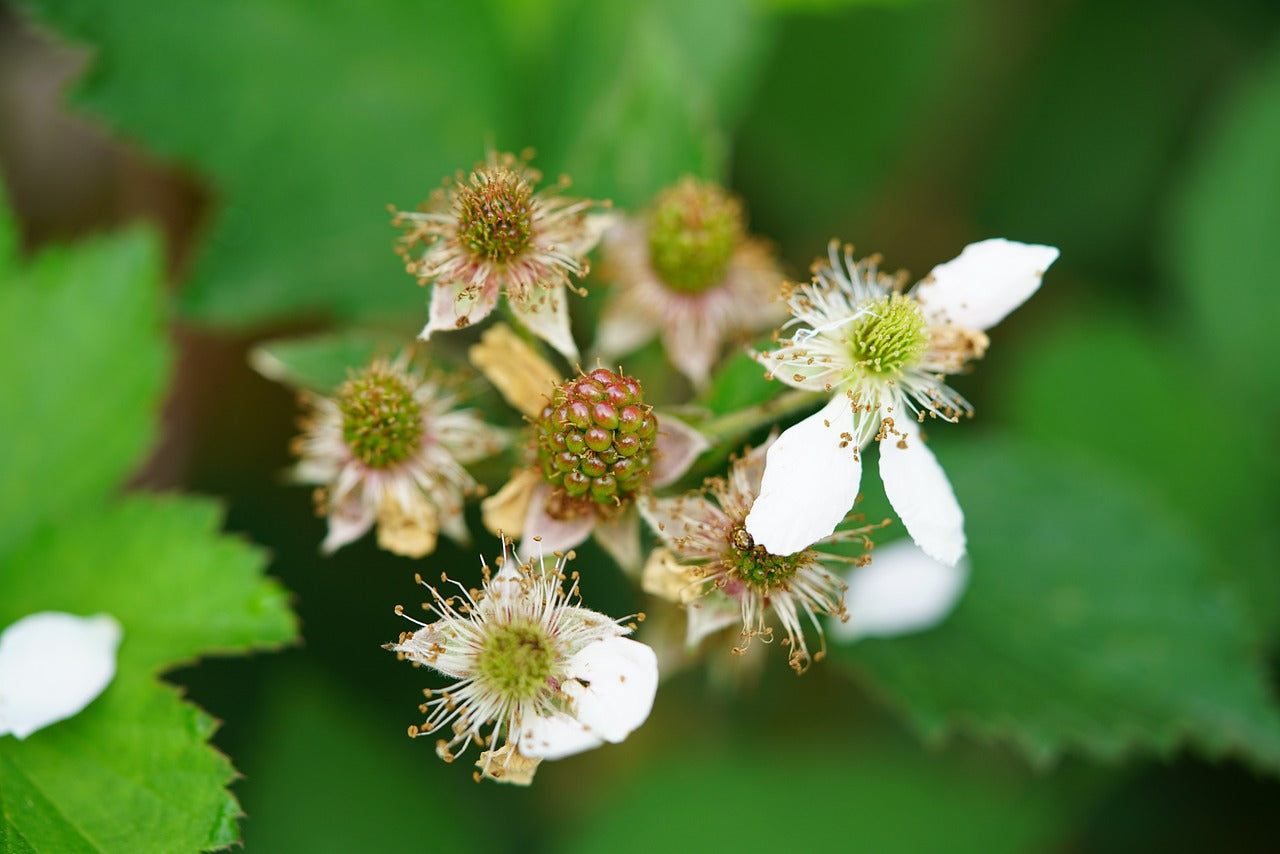The American Fig Company
English Thornless Raspberry
English Thornless Raspberry
Couldn't load pickup availability
The English Red Raspberry, Rubus idaeus, distinctively shines as a favorite among berry enthusiasts for its delightful taste and gardening ease. This variety, known for its adaptability to the temperate UK climate, offers a versatile and rewarding gardening experience with its prolific fruit production and minimal care requirements.
Latin Name: Rubus idaeus (English Red Raspberry)
Site and Soil: English Red Raspberries flourish in full sun to partial shade, thriving in well-drained, fertile soil rich in organic matter. They prefer a slightly acidic to neutral pH of 5.5 to 6.5, adaptable to a range of soil types.
Pollination Requirements: These raspberries are self-fertile, not requiring another variety for cross-pollination. However, planting multiple bushes can enhance overall fruit yield through improved pollination.
Hardiness: Hardy in USDA zones 4 through 8, English Red Raspberries are resilient to cold winters while thriving in a variety of climates, making them a versatile choice for many gardeners.
Bearing Age: Fruit production begins 1-2 years after planting, with summer-bearing varieties producing fruit on last year's canes (floricanes) and everbearing varieties providing fruit on current year's growth (primocanes).
Size at Maturity: Plants can reach heights of 4-6 feet with a similar spread. Their upright growth habit may require support for optimal growth and fruit production.
Bloom Time: Flowering occurs in spring, leading to fruit development. Summer-bearing varieties ripen in early to mid-summer, while everbearing types offer a second crop in late summer to fall.
Ripening Time: Berries typically ripen from June for summer-bearing varieties, with everbearing varieties providing an additional crop in late summer to early fall.
Yield: A well-maintained English Red Raspberry plant can produce several pounds of fruit per season, with exact yields varying based on care, variety, and growing conditions.
Pests & Diseases: While generally robust, these plants can be susceptible to pests such as raspberry beetles and diseases like botrytis cinerea (grey mold). Implementing good cultural practices can mitigate most issues.
USDA Zone: 4-8. This range highlights the plant's adaptability to different environmental conditions, ensuring a broad suitability across many regions.
Share


Featured Review
"Great! Great! Great! Great! Great!"
✰✰✰✰✰
- JARREN -

